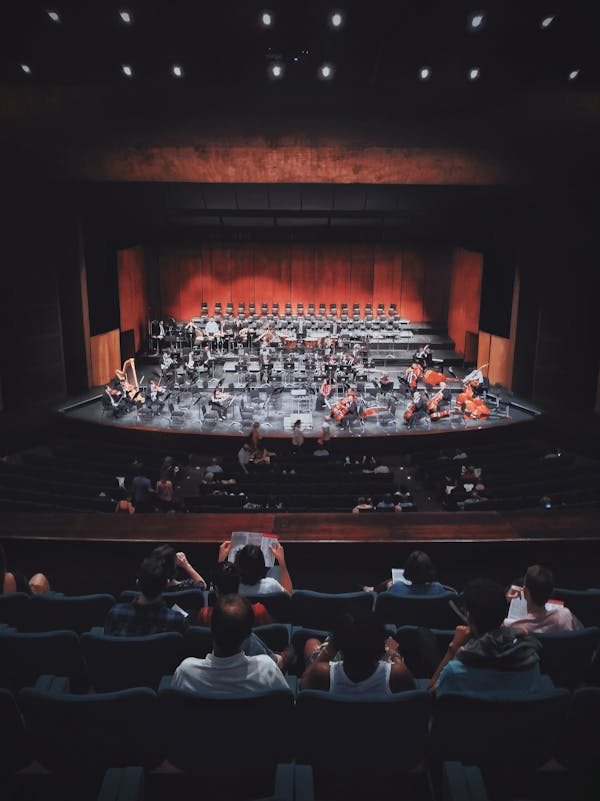A music concert involves a live musical performance. This can be carried out by a single musician, in which case it is called a recital, or by a group such as an orchestra, choir or band.
Music concerts can be exciting, and they don’t have to be about anything. They can simply be about the music itself. Discover more at The Eagles 2024 concert schedule.
Classical
Classical concerts feature groups of musicians, ranging from small chamber ensembles (string quartets or smaller) to giant orchestras made up of strings, wind and brass instruments. Many of these bands and groups also have choirs, and some perform opera. You’ll recognize some classical music in movies and television, including the Lone Ranger theme and the Bugs Bunny cartoon What’s Opera, Doc? Classical musicians like to be applauded, but there are conventions that dictate the appropriate time to clap. Generally, it is best to wait until the last note fades out of the auditorium and the silence is over.
Some classical concerts include pre-concert talks by a presenter to help you understand the pieces that will be performed that evening. These talks are usually included with your ticket price and begin an hour before the concert starts. This allows you to familiarize yourself with the music that will be played and connect the dots between the musical themes presented in the works being performed that night.
Choral
A choral concert is where an ensemble of singers perform music. Often, the choir is accompanied by an orchestra or other instrumentation. Choral concerts are typically performed in large rooms such as concert halls. Occasionally, they are performed in schools, churches, and gymnasiums. The ensemble of singers may be a mixed choir or a women’s or men’s choir.
Traditionally, choirs have been a part of church music and have been organized into different parts (e.g. soprano, alto, and tenor) for polyphonic performances. Today, there are many other kinds of choirs including adult female and male mixed choirs, women’s choirs, cambiata choirs for adolescent boys, and virtual choirs that do not meet physically.
Choirs can be accompanied by instruments or sing unaccompanied. In either case, the group is led by a conductor who leads them with arm, hand and facial gestures. A choral concert can be religious or secular and can feature any type of musical style from medieval to contemporary music.
Opera
The opera is a multifaceted theatrical art form that blends music and poetry to tell stories about real or imaginary people. From its grand beginnings at the turn of the 17th century, opera has sought to transport audiences into a heightened reality where the drama, music and spectacle can capture their emotions.

The content of opera changed in the Classical period (1750-1830) with the social movement called the Enlightenment. Increasingly, composers wanted to include more realistic plots and less of a need for elaborate vocal displays. This led to comedy such as Mozart’s The Marriage of Figaro (Le nozze di Figaro), as well as more serious works such as Don Giovanni.
In the 18th and 19th centuries, parallel operatic traditions emerged in central and eastern Europe and composers such as Wagner pushed the boundaries of musical expression. Modern styles such as atonality and serialism (Alban Berg’s Wozzeck, Tristan und Isolde) and neoclassicism (Gershwin, Mahler) also came to the fore.
Rock
Unlike the stringent hierarchy of classical music, rock concerts encourage dancing and singing along with the band. Many bands incorporate visual effects to enhance the bi-directional experience between the performers and the audience.
Arena and stadium rock concerts are often huge productions, with massive stage designs and pyrotechnics. The spectacle often reflects the genre’s rebellious spirit, as opposed to the more formality of orchestras and jazz clubs.
While rock music’s heyday ended in the ’80s, many of its biggest acts remain popular with fans, playing at parks, arts centers and county fairs as well as arenas and stadiums. Their concerts reflect their enduring appeal and power as unifying experiences. From the acoustic sessions of jam bands to benefit concerts that unite artists and fans for a cause, there are rock music concerts for every taste. Many feature legendary names from America’s era of rebellion.